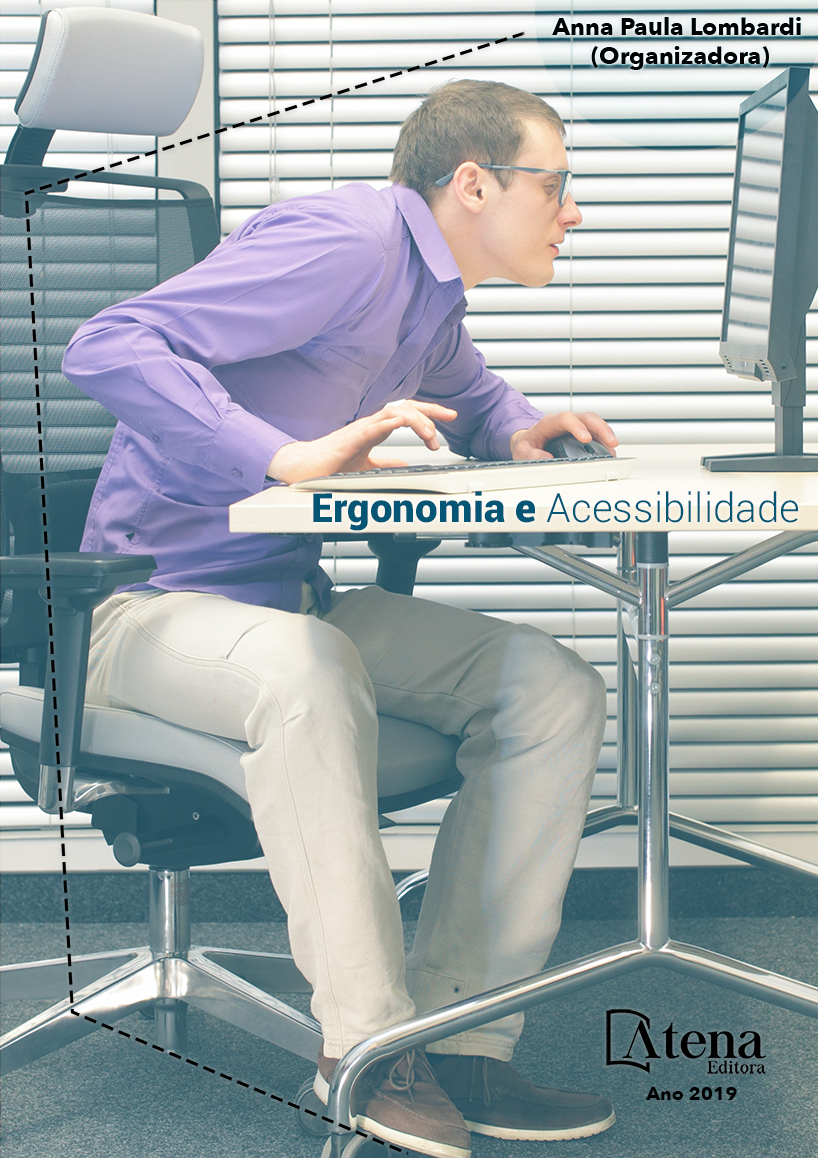
ABRIGO, CASA OU LAR? NOTAS TEÓRICAS SOBRE A AMBIÊNCIA DO HABITAR EM INSTITUIÇÕES PARA CRIANÇAS E ADOLESCENTES
A aprovação do Estatuto da Criança
e do Adolescente (ECA) e da lei n° 12.010
modificaram o quadro de assistência no
Brasil, criando formas de atendimento como o
acolhimento institucional. O modelo não isola
e salvaguarda a saúde, educação e moradia;
assiste ambos os sexos entre zero e dezoito
anos, em processo ou não de adoção, com ou
sem família direta ou estendida. O processo
deveria ser transitório, mas leva meses ou
anos. A legislação controla o atendimento,
contudo é generalista quanto ao ambiente
construído. O presente artigo busca, através
do aporte teórico, caracterizar a ambiência
do habitar doméstico e refletir seus possíveis
rebatimentos sobre a situação do acolhimento
institucional. Compreende-se os significados da
palavra habitar, transcendendo o pragmatismo
formal e utilitário, dividindo-o hierarquicamente como: abrigo, casa e lar. O abrigo é entendido
como proteção. A casa assume o conceito de
abrigo e as relações simbólicas no ambiente
construído. O lar é o conjunto dos dois conceitos
citados, junto às relações interpessoais. Os
rebatimentos teóricos com a realidade reforçam
que o modelo atual se aproxima do abrigo,
mas deveria tornar-se uma casa, como lugar
de apego e intimidade protegida, carregado de
significados e lembranças - capaz de tornar-se
um instrumento positivo ao desenvolvimento
humano.
ABRIGO, CASA OU LAR? NOTAS TEÓRICAS SOBRE A AMBIÊNCIA DO HABITAR EM INSTITUIÇÕES PARA CRIANÇAS E ADOLESCENTES
-
DOI: 10.22533/at.ed.47319190214
-
Palavras-chave: ambiência; habitar; abrigos institucionais; criança; adolescente
-
Keywords: ambience; habitat; institutional shelters; child; teenager
-
Abstract:
The adoption of the Statute of the
Child and Adolescent (ECA) and of Law No.
12,010 modified the assistance framework in
Brazil, creating forms of care such as institutional
reception. The model does not isolate and
safeguard health, education and housing;
assists both sexes between zero and eighteen,
in process or not of adoption, with or without
direct or extended family. The process should
be transitional, but it takes months or years.
The legislation controls the service, however it
is generalist about the built environment. The
present article seeks, through the theoretical
contribution, to characterize the ambience of
the domestic dwelling and to reflect its possible
rebuttals about the situation of the institutional reception. It is understood the meanings of the word to dwell, transcending formal
and utilitarian pragmatism, dividing it hierarchically as shelter, home and home. The
shelter is understood as protection. The house takes on the concept of shelter and
symbolic relationships in the built environment. The home is the set of two concepts
cited, along with interpersonal relations. The theoretical refutations with reality reinforce
that the current model approaches the shelter, but should become a home, as a place
of attachment and protected intimacy, full of meanings and memories - capable of
becoming a positive tool for human development
-
Número de páginas: 15
- Aline Eyng Savi
- Marta Dischinger


